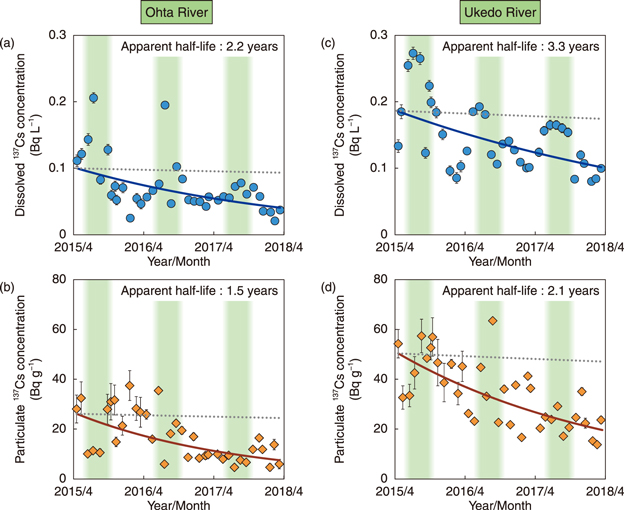
Fig.1-27 Dissolved and particulate 137Cs concentrations in river water
Radiocesium (RCs) resulting from the accident at the TEPCO’s Fukushima Daiichi NPS is transported by river system. A survey of river water by the Ministry of the Environment has suggested that RCs has not been detected (detection limit: 1 Bq L-1). However, the detected RCs concentration in some freshwater fish has been higher than the Japanese limit of 100 Bq kg-1 for general foodstuffs. To understand the mechanism of RCs uptake by freshwater fish and understand when fishing can be resumed, the RCs concentration and variation in river water must be understood. Therefore, the 137Cs concentration in river water was observed from four to seven years after the accident, revealing a declining trend.
Water samples from the Ohta and Ukedo rivers in the eastern Fukushima Prefecture were thus collected monthly and filtered through 0.45-μm-pore size membrane filters from April 2015 to March 2018. The 137Cs concentrations were determined by γ-spectrometry using Ge-detectors coupled with multi-channel analyzers for particulate fractions on the membrane filters and dissolved fractions that passed through the filters. The dissolved fraction was concentrated to lower the detection limit of 137Cs.
As a result, the dissolved and particulate 137Cs concentrations in river water were observed to be in decline (Fig.1-27). The apparent half-lives of dissolved and particulate 137Cs concentrations estimated by an exponential decay model were 2.2 and 1.5 years, respectively, for the Ohta River (Figs.1-27(a) and (b)) and 3.3 and 2.1 years for the Ukedo River, respectively (Figs.1-27(c) and (d)). These observed decrease rates were 10 times faster than physical decay (half-life: 30.1 years). This suggests that the amount of RCs discharged from the land is decreasing with time.
Furthermore, the dissolved 137Cs concentration increased in the summer (Figs.1-27(a) and (c)). Because RCs contained in litter and soil organic matter elutes by decomposition, the dissolved 137Cs concentration might increase in the summer when decomposition is active. However, the increase of 137Cs concentration in summer has decreased, indicating that the RCs discharged from land is decreasing with time.
The results of this study promote the understanding of the medium- and long-term impacts for RCs concentration in river water and freshwater fish.